Our digital life is probably something we don’t really think about when we’re talking about decluttering but it obviously still plays a vital role in our lives.
Our phones and computers are probably some of the most used items in our day-to-day life so it only makes sense to design the layout in a way that is helpful rather than of distracting – and here is a guide to help you do this.
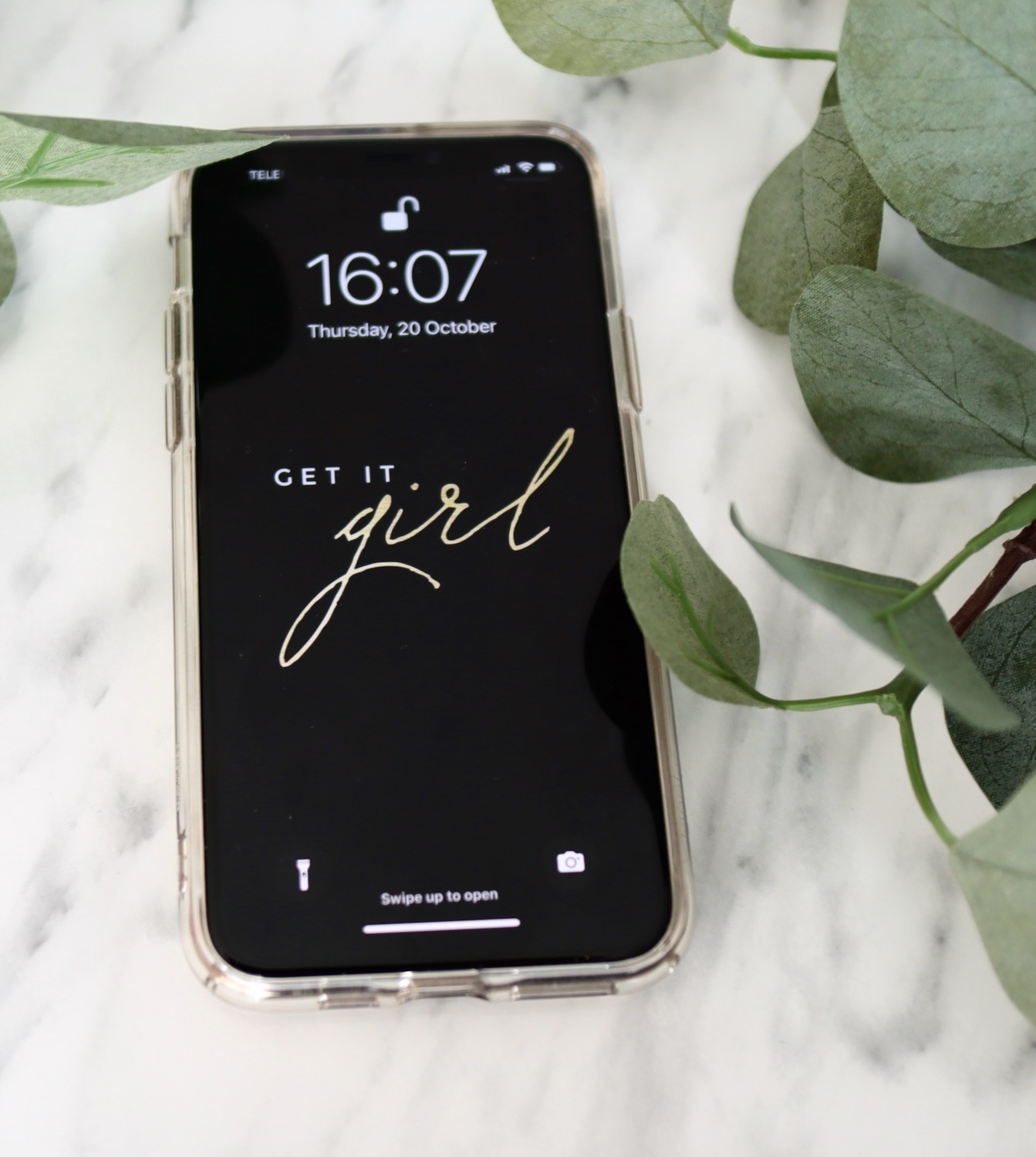
STEP 1 – DECLUTTER YOUR PHONE
Let’s start with the phone but before doing anything, gently think about why you really have a phone and what is the ideal relationship you would like to build with it.
Phones are an unquestionable part of modern-day life so it’s worthwhile just taking a moment to think about this before you start.
Once you have an impression of how you would like to move forward then take out your phone and start looking through your apps whilst asking yourself: ‘Does this app make my life better?’ and ‘Does it bring me closer to my goals?’.
Depending on the answer, decide what you would like to do – if the app doesn’t bring you any value and you barely use it, then delete it, but if it’s helpful, simply keep it. Go through every app and if there are some apps you’re not sure about, just leave them for now.
APPS YOU’RE UNSURE OFF
Once you’ve finished the first clear out, look at the apps that fall under the category of ‘maybe’ and think about the stories you told yourself when you were downloading them. Did you want to track your habits so you downloaded a habit-tracker that you never use but you also don’t want to remove it because you really want to have better habits? If so, finally delete it and let it go – if the app wasn’t helpful until now, it probably won’t be in the future plus you can always download it again if you want to.
DISTRACTING APPS
But what should we do about the apps that are distracting instead of productive? There are two options: one, you can delete it – try going without it for a week and see how it goes. Two, you can put it out of sight and out of reach – that would mean removing it from the first page and putting it into a folder with other apps. That way, you have to think of it in order to use it because it won’t automatically remind you to open it when you pick up your phone.
You can also decide to keep some of your apps on your computer only – meaning you’re training your brain to only use certain apps when you properly sit down to work. This is what I do with Facebook. I don’t have an app on my phone because I use my Facebook for business only so I access it solely when I sit down to work on my blog.
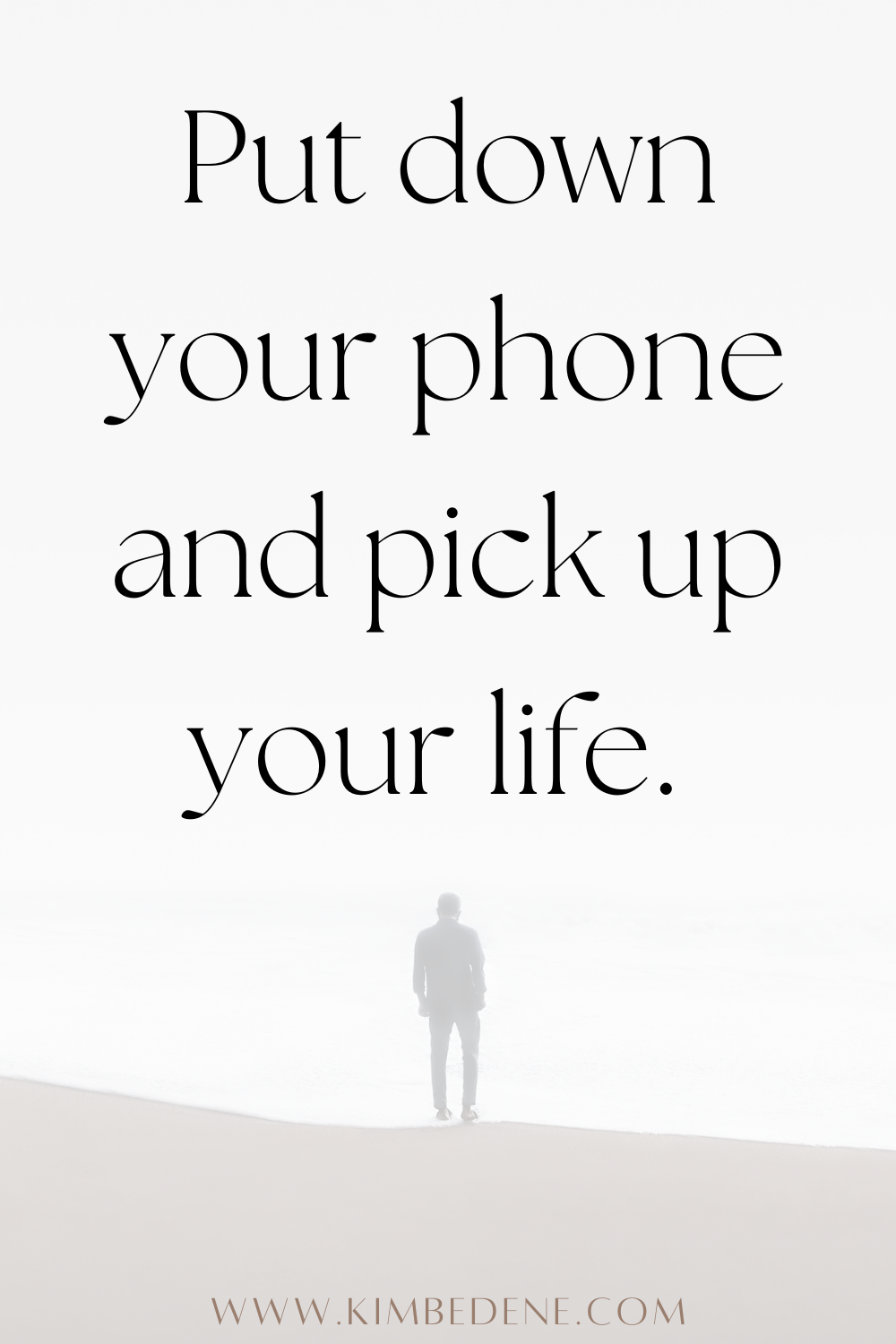
ORGANISE YOUR APPS
It’s easy to leave apps as they are but designing what you see when you open your phone is going to take your productivity to the next level. I recommend that you keep your first page neat and tidy with your valuable and most used apps. And the second page can be used to store apps that you use less frequently or those that you don’t want to use as much.
And don’t be afraid to put things in folders – I find this is a great tool when it comes to keeping my phone organised and it’s also an excellent way for me to control what I see and focus on when I browse through my phone.
PHOTOS
The last thing to clear is photos. Because they fall under the sentimental category, I don’t recommend going into a lot of detail right now but it’s still good to skim through them to let go of anything that we most certainly know we don’t need anymore.
Start by opening your photos and go all the way back – now pick the images that you don’t need any more; food photos, pictures of wifi passwords, random screenshots, duplicates, screenshots of quotes etc. and delete them.
Because we’re always taking pictures to share with our friends and partners, a huge amount can pile up in a short space of time so it’s worthwhile taking some time to keep them clutter-free. Plus deleting them will clear up a lot of storage and make searching for other photos in the future easier. To stay on top of this remove photos weekly or monthly, depending on how many pictures you take.
But if you’re ready to really dive deep into decluttering your photos as well, read this post with detailed steps on how to finally declutter your photos once and for all 🙂
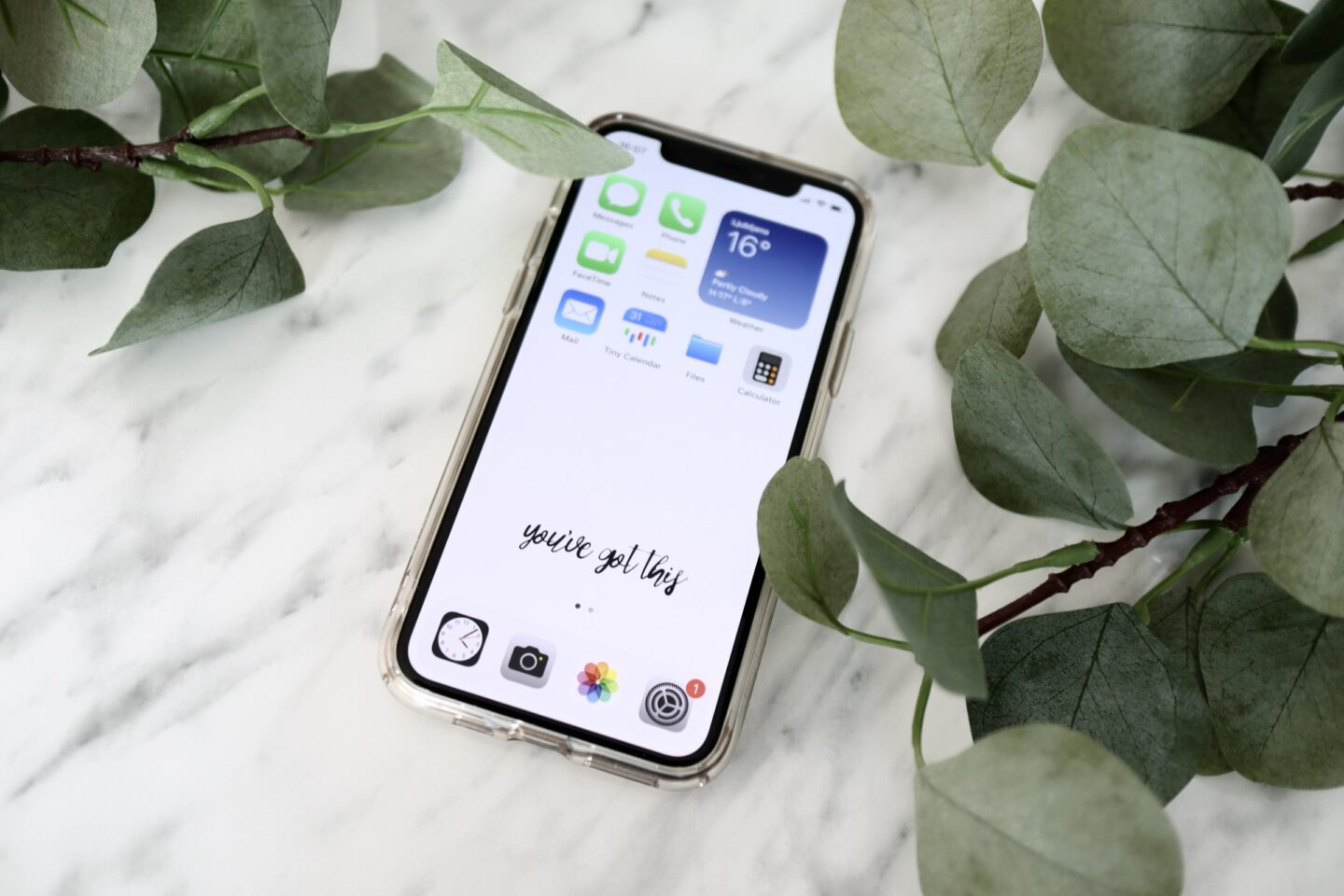
STEP 2 – SOCIAL MEDIA
Now let’s hop inside our apps to go a step further. Open up your social media accounts one by one and start decluttering. The approach is very straightforward – simply unfollow/delete anyone or anything that doesn’t make you feel inspired or that doesn’t add any value to your life.
If you really want to feel your best every single day then think if there are any ‘negative’ accounts or information that you see daily – maybe you start comparing yourself with all the filtered photos, perhaps some posts make you irritated or in the best case, they just take your attention away without adding anything.
Keep in mind, that your attention is something valuable – it is so valuable that companies invest lots of money into understanding how to get more of your focus onto their products so choose what you concentrate on wisely.
*TIP: You can also turn off the notification for your social media apps so they don’t remind you to use them.
Also, don’t be afraid to let go of old friends that just irritate you or unfollow something that somehow everyone else likes but you don’t. Listen to yourself and do it your own way.
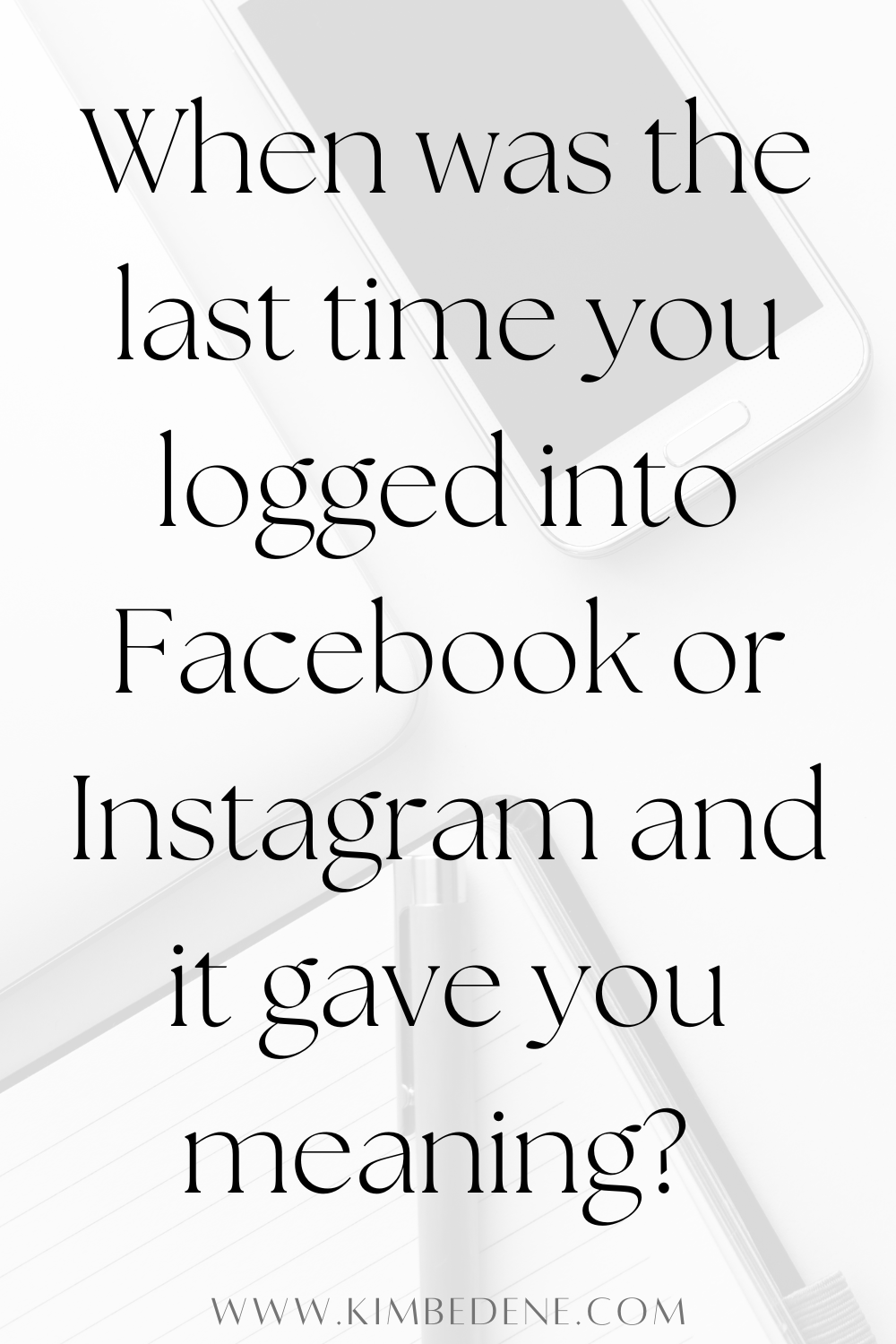
STEP 3 – EMAILS, EMAILS, EMAILS…
Emails are one of those things that very quickly can become overwhelming – they keep piling up and if we don’t stay on top of them, we can feel defeated. But of course, there is a way out.
UNSUBSCRIBE
The easiest way to lower the number of emails we get is to unsubscribe to anyone or anything that doesn’t bring us closer to our goals. So go through your email account with a fine-tooth comb and ask yourself if you need this email/information in order to live the life that you want? If not, let it go. Deleting a lot of those emails will help you feel more organised and you’ll also have a better overview of everything that is left.
SET A TIME
Secondly, dedicate a time in your life to do your emails. This depends on how time-sensitive the topics are but set a time frame and stick to it. You can do it daily or weekly or maybe you can do it every single morning but best to avoid doing it as soon as you wake up – take care of yourself first! So design a schedule that works for you so that your brain can relax because it knows that you’ve allocated a time when you can sit down and give them your undivided attention.
BE EFFICIENT
I also recommend writing or answering emails on your computer (if you have one of course) because that way it’s much easier to write and organise your thoughts. The difference between replying on your phone versus your computer is significant so when you’re planning your time, bear this in mind and that way you’ll be much more efficient.
*TIP: You can also edit your emails as you go – when you see something that doesn’t bring you any value unsubscribe there and then, plus you can write the sender’s name into a search bar so you can delete all of the emails for a better overview.
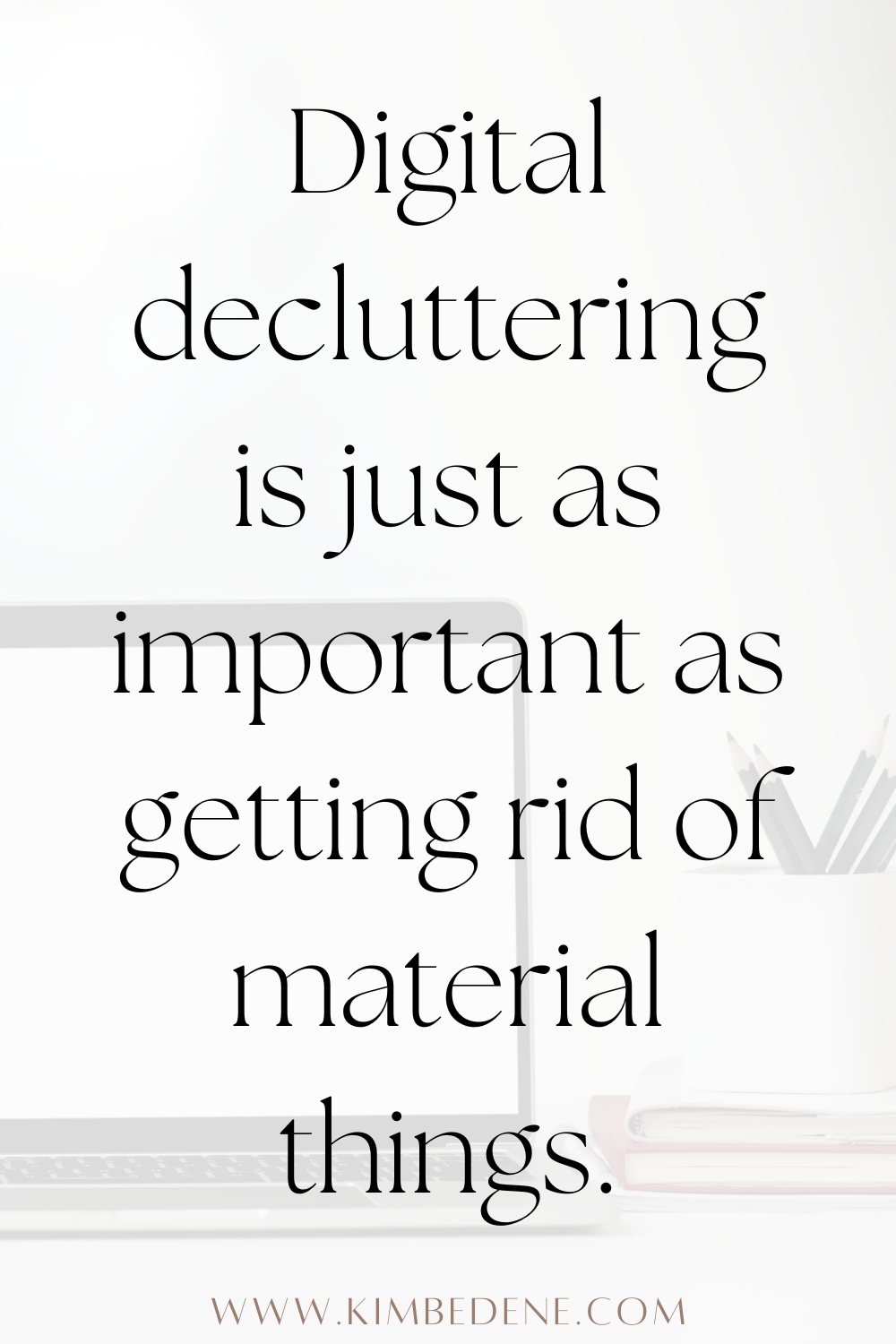
STEP 4 – DECLUTTER YOUR COMPUTER
Our computers can become full of different information that stacks up over time, so this is a bigger task to tackle. But because they are often also our working space, we need to pay extra attention to them. If we open our screen because we want to work on something and then all that we see is clutter, that will immediately distract us from doing what we need to do.
CLEAR OUT YOUR DESKTOP
So start by cleaning up your desktop – make it look nice, neat and inspiring. First, delete anything that doesn’t belong there. If you have some things you use regularly but they clutter up your visual space then create a folder to store them in. Keep cleaning until you’re happy with the result.
Now think about the background – is it distracting or do you like it? You can play with this and find pictures that inspire or calm you depending on what you need. For instance, an inspiring quote can help remind you of what you want to do and a beautiful picture of nature can help calm you down.
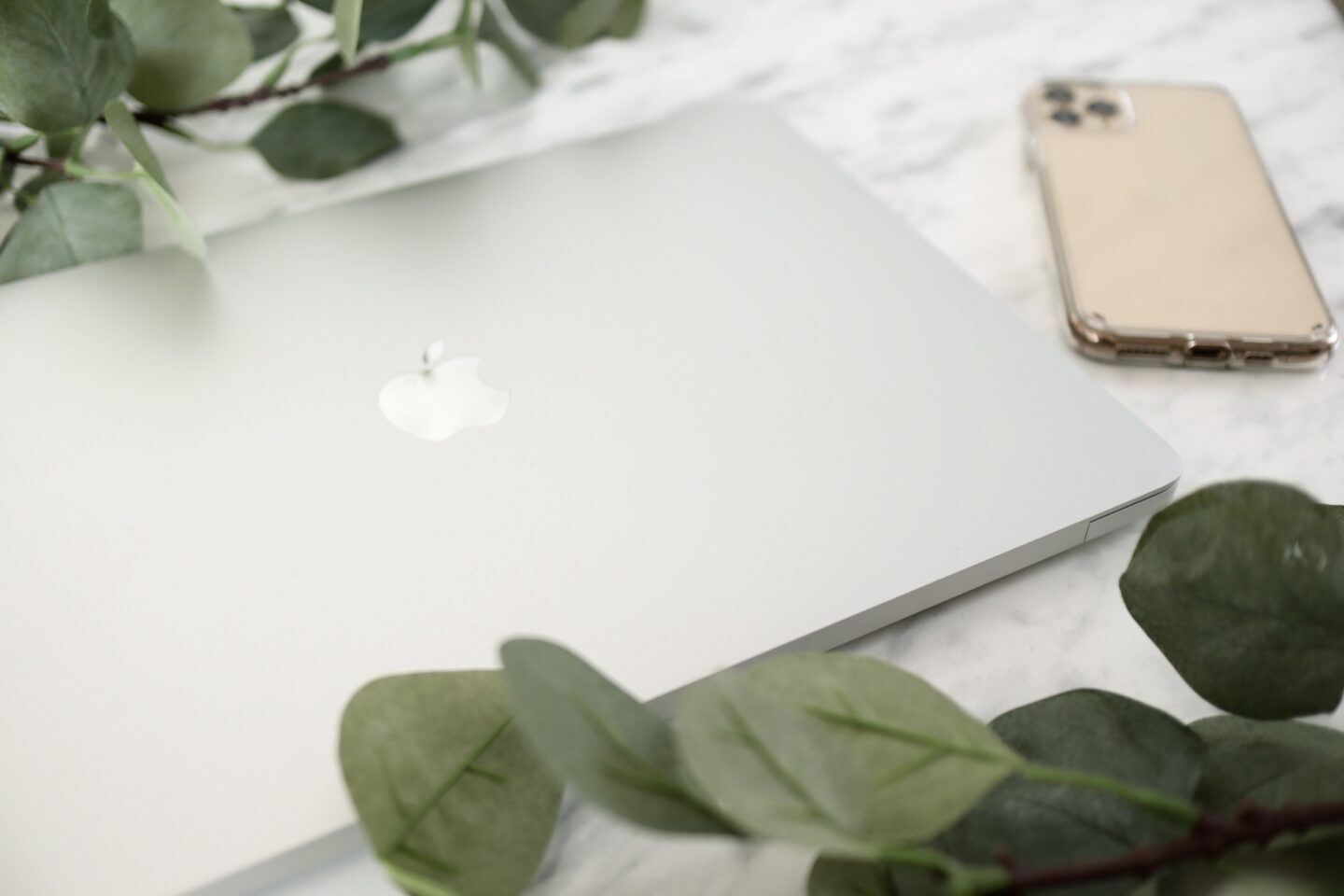
DELETE UNNECESSARY DOCUMENTS
Now let’s go a bit deeper. We’ll come to the organisation side of it shortly, but first of all, start off by opening up different folders and delete anything that you don’t need anymore – anything out of date or useless. This will probably take some time but stick with it because the results are very much worth it.
*TIP: If this seems overwhelming, then do it bit by bit. The most important thing is to start so to help you with that set a timer for 15-20 minutes and just clear out a few documents. This might build the momentum for you to continue but if not, leave it for next time. Do this once a week and you’ll clean up your computer in no time without even realising it.
ORGANISE
Once you’ve deleted everything that didn’t serve, you can now start organising. Play around with folders and just as we do in our home, find a place for everything.
I like to look at my computer as I view my house – if I want to get ready to go out I go into my closet and if I want something to eat I go into my kitchen. We don’t keep all of our items made out of metal in one spot of the house and all of our items made out of cotton in the other.
So why would we use such a storage system for our digital space? Sometimes that might make sense but often it doesn’t.
This is why I design my digital life in a way that I know precisely where to head if I want to work or if I want to watch something or if I want to look at photos etc. So instead of keeping all images in one area, I keep them separate – pictures for my blog are under my Blog folder, which is under my Work folder. And my personal photos are under my Memories folder, which is under my Personal one. And if I’m working on a particular project, I create a new file where I store all the relevant data in.
This is just an idea that can help you with organising your files. And as I always say, keep things simple because the easier it is to find and store items, the easier your life will be.
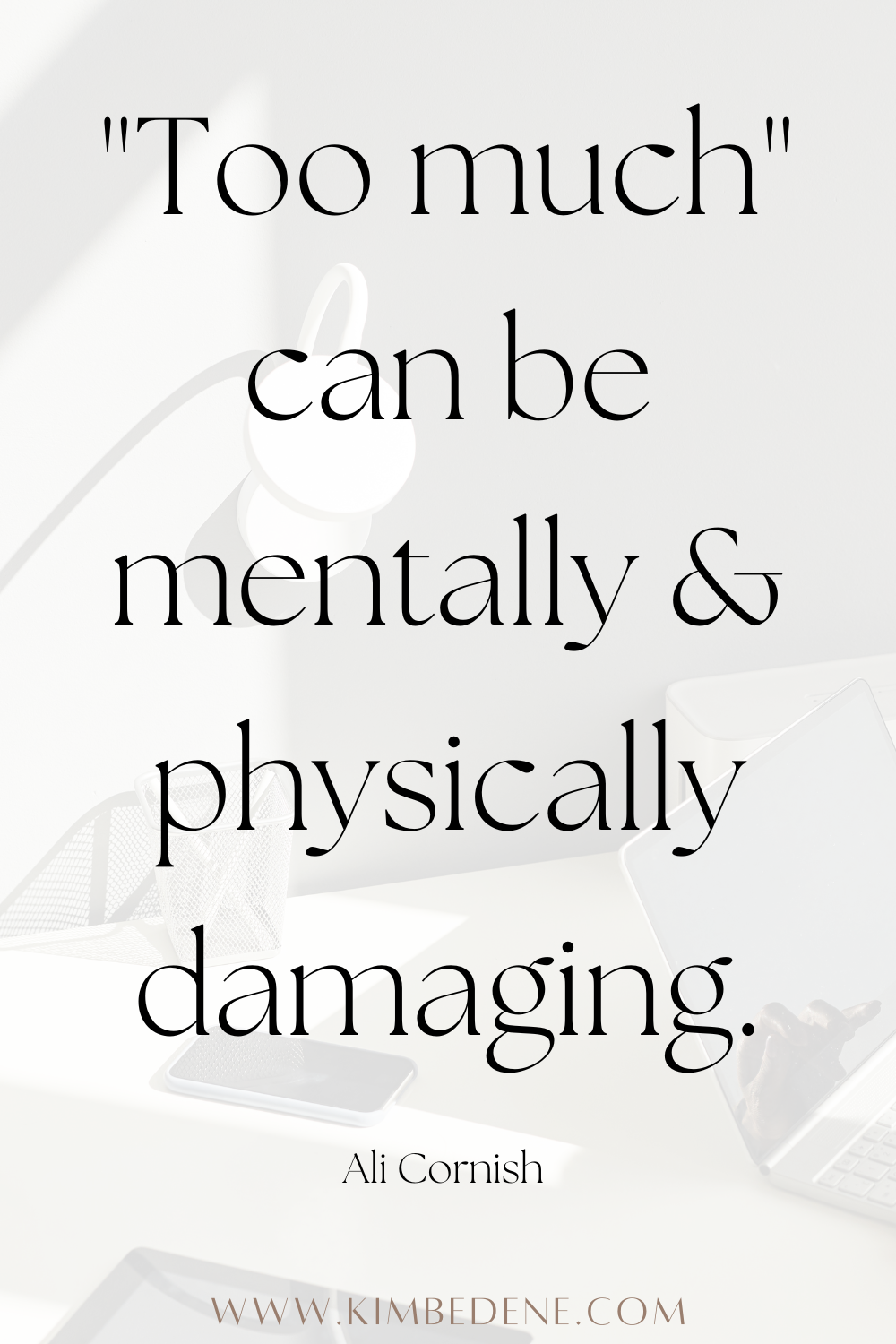
STEP 5 – ELECTRONIC EQUIPMENT
Our decluttering wouldn’t be complete without also looking at the electronic equipment itself. So, as usual, take some time out of your schedule and put everything in one spot – all the devices, accessories, cables, manuals, boxes etc. – basically everything that is somehow connected with electronics.
Now start sorting through it and to help you with this here are some tips:
- Boxes: start by getting rid of all the boxes. Somehow we always seem to keep them but then we never use them so now is the time to finally recycle them.
- Manuals: have you ever used a manual? Maybe in the beginning and that’s it? Nowadays we can find everything on the internet so we can easily let go of all those manuals as well.
- Broken items: are you keeping things so that you can fix them one day? If so, give yourself a deadline otherwise let everything go.
- Cables: when you decide that you want to keep something put all the right chargers and cables next to it so you can clearly see which accessories you need and which ones you don’t. When you finish, look at the cables that are left and ask yourself if you need them, when was the last time you used them and if there are some cables you don’t even know what are they for? Then let them go.
- Declutter responsibly: don’t just toss everything into the trash but recycle items responsibly – you can drop dead phones at mobile centres and if you have any other equipment then look up online to find the most ethical way of disposing of it.
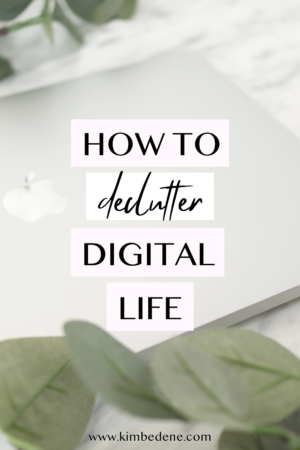
This category will probably take some time to finish so take it at your own pace and stay focused on your goal and keep chipping away at it regularly and you’ll get there.
Another category that will truly bring you peace of mind after decluttering is books, along with papers and documents – you can read the detailed instructions here: How to declutter books, papers and documents
If you enjoyed this post, I’d be very grateful if you’d help it spread by sharing it!
